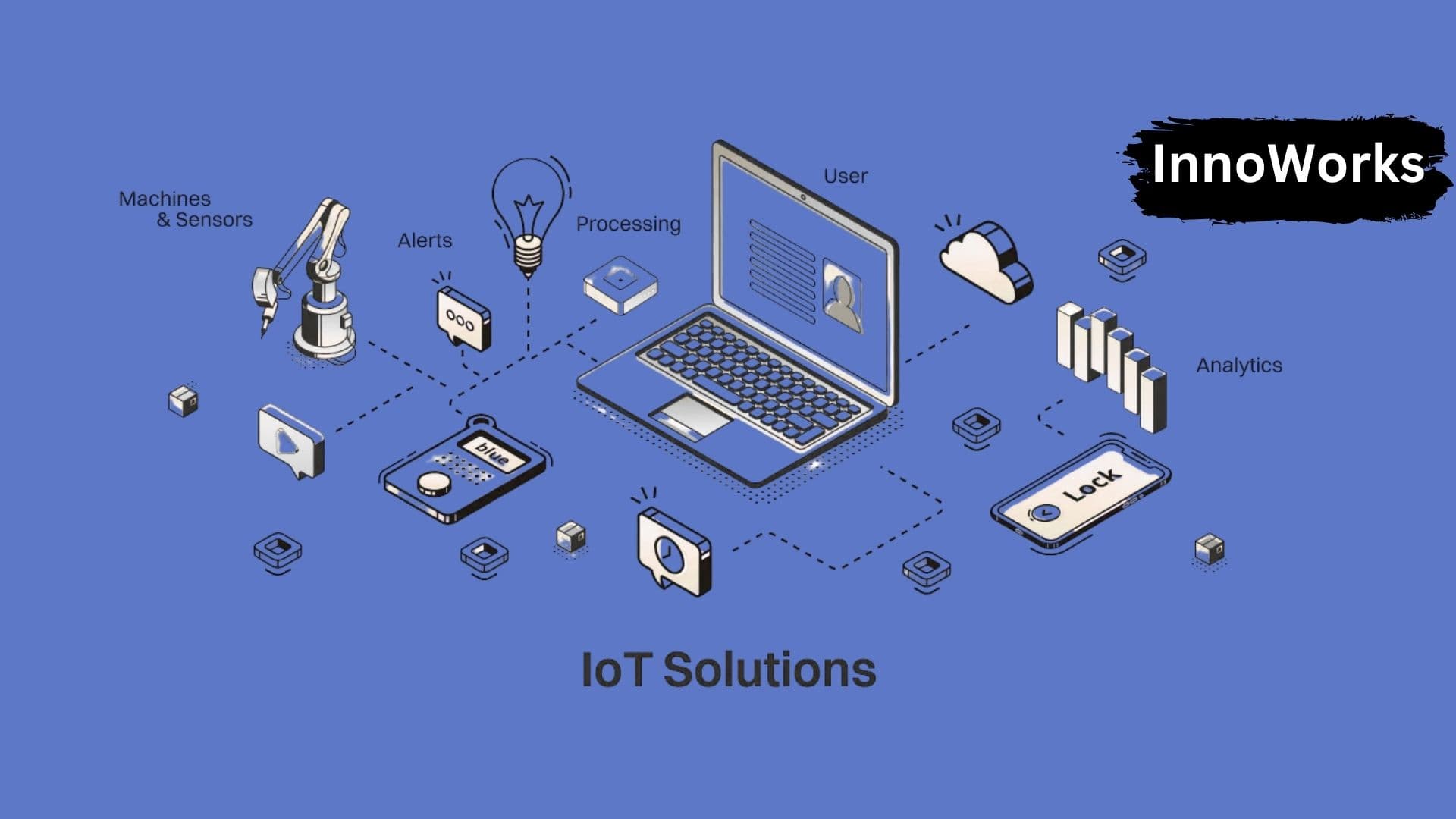
IoT Application Development for Smart Manufacturing
Explore IoT application development for smart manufacturing. Learn implementation strategies for Industrial IoT, predictive maintenance, and connected factory solutions.
Open banking has revolutionized the financial industry, enabling seamless access to banking data and empowering users with greater control over their finances. Plaid, a leading open banking API provider, has emerged as a trusted partner for businesses seeking to leverage the benefits of open banking. In this article, we will explore the features, advantages, and use cases of the Plaid API. **What is Plaid?** Plaid is a financial technology company that offers a suite of APIs and tools to facilitate secure access to banking and financial data. The Plaid API allows developers to connect their applications with thousands of financial institutions, enabling seamless access to bank account information, transaction data, balances, and more. **Key Features of Plaid API:** **1. Easy Integration:** Plaid provides a developer-friendly API that simplifies the integration process. With comprehensive documentation, SDKs, and client libraries, developers can quickly incorporate Plaid into their applications, saving time and effort. **2. Bank-Level Security:** Plaid prioritizes the security of financial data. The API implements advanced encryption, tokenization, and authentication mechanisms to ensure the confidentiality and integrity of sensitive information. Plaid also adheres to strict industry standards and regulatory requirements. **3. Account and Transaction Data:** The Plaid API enables developers to access detailed account information and transaction data from connected bank accounts. This empowers businesses to provide users with real-time insights into their finances, personalized recommendations, and accurate financial reporting. **4. Payment Initiation:** Plaid supports payment initiation, allowing businesses to initiate payments directly from users' bank accounts. This feature simplifies online payments, subscription renewals, and other financial transactions, enhancing the user experience and reducing friction. **5. Identity Verification:** With Plaid's identity verification capabilities, businesses can verify users' identities by validating their bank account information. This helps prevent fraud and ensures the security of user accounts and transactions. **Advantages of Using Plaid API:** **1. Extensive Coverage:** Plaid has established connections with thousands of financial institutions, providing developers with access to a vast network of banks and credit unions. This broad coverage ensures that users can link their accounts from various financial institutions, regardless of their location. **2. Seamless User Experience:** By leveraging Plaid API, businesses can offer a seamless user experience for account linking and data retrieval. Users can securely connect their bank accounts with just a few clicks, eliminating the need for manual data entry and streamlining the onboarding process. **3. Compliance and Regulation:** Plaid ensures compliance with regulatory requirements such as PSD2 and GDPR. By using Plaid API, businesses can leverage Plaid's expertise and infrastructure to meet regulatory obligations and maintain data privacy and security standards. **4. Innovation and Product Development:** Plaid API enables businesses to build innovative financial products and services on top of existing banking infrastructure. With access to real-time financial data, businesses can develop personalized financial management tools, lending platforms, and other fintech solutions that cater to user needs. **5. Developer-Friendly Environment:** Plaid provides extensive documentation, developer support, and testing tools to facilitate a smooth integration process. The developer-friendly environment allows businesses to expedite the development cycle and focus on building value-added features for their users. **Use Cases of Plaid API:** **1. Personal Finance Apps:** Plaid API is widely used in personal finance apps to aggregate and analyze financial data from multiple bank accounts. These apps provide users with a holistic view of their finances, budgeting tools, and personalized insights to help them make informed financial decisions. **2. Lending Platforms:** Plaid API enables lenders to assess borrowers' creditworthiness by accessing their bank account transaction data. This alternative credit assessment method allows lenders to make more accurate lending decisions and streamline the loan application process. **3. Wealth Management Platforms:** Wealth management platforms leverage Plaid API to gather real-time investment data from users' bank accounts. This data helps financial advisors provide personalized investment recommendations and portfolio management services. **4. Expense Tracking Tools:** Plaid API facilitates the automatic retrieval of transaction data, simplifying the process of tracking and categorizing expenses. Expense tracking tools powered by Plaid enable users to gain insights into their spending habits, set budgets, and achieve financial goals. **Innoworks and Plaid API:** As a leading software development company, Innoworks leverages the power of Plaid API to develop innovative financial solutions for its clients. With expertise in [open banking](https://www.innoworks.tech/blog/open-banking-apis) and API integrations, Innoworks assists businesses in harnessing the capabilities of Plaid API to unlock the full potential of open banking and drive digital transformation. In conclusion, Plaid API is a powerful tool for businesses looking to leverage the benefits of open banking. With its extensive coverage, bank-level security, seamless integration, and developer-friendly environment, Plaid API empowers businesses to create innovative financial solutions that enhance user experiences, streamline processes, and drive growth in the ever-evolving fintech landscape.
Krishna Vepakomma
Technology Expert

Continue exploring our insights and expertise

Explore IoT application development for smart manufacturing. Learn implementation strategies for Industrial IoT, predictive maintenance, and connected factory solutions.

Master e-commerce platform development with headless commerce architecture. Learn implementation strategies for modern retail technology and omnichannel experiences.

Explore EdTech software development in the post-pandemic era. Learn implementation strategies for online learning platforms, adaptive technologies, and modern educational solutions.
Ready to transform your business with innovative technology solutions? Our team of experts is here to help you bring your vision to life. Let's discuss your project and explore how we can help.
Launch your product faster with our proven development cycle
Offices in USA & India, serving clients worldwide